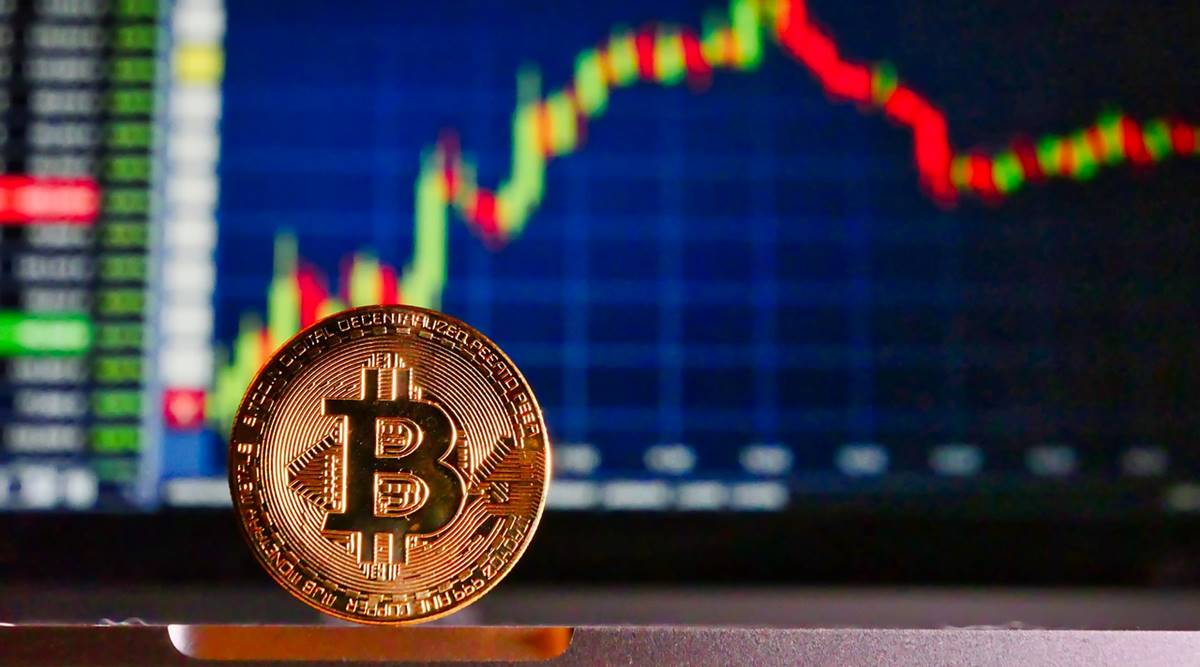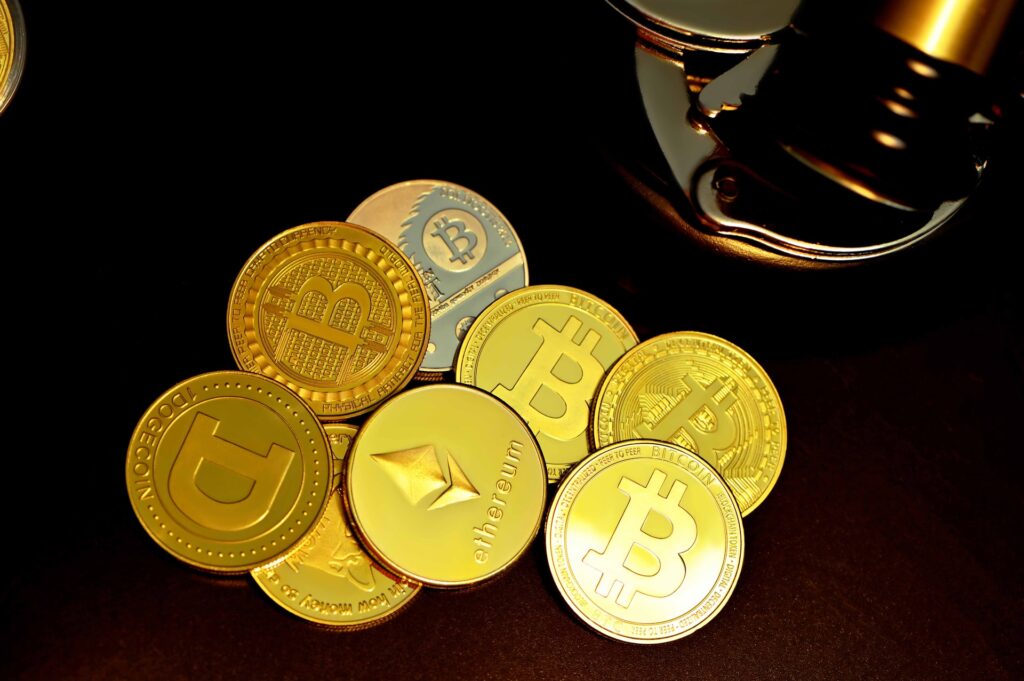
What are the Causes of Bitcoin Price Fluctuation?
Since their inception, cryptocurrencies have been regarded as one of the world’s most volatile and shifting topics, with researchers attempting to decipher what exactly bitcoin is. Almost every investor has attempted to decipher why and how bitcoins fluctuate and it is a generally thought-about question that everyone seems to have.
While the cryptocurrency sector has managed to make itself incredibly difficult to predict in terms of price movement, let us try to figure out how the price of cryptocurrency changes in the market by knowing how and why cryptocurrencies move.
Factors Affecting Cryptocurrency Market Price Movement
The reasons influencing the price of cryptocurrency could range from the current scope of cryptocurrency application to future uses of cryptocurrency coins, as well as a slew of other interconnected components influencing the cryptocurrency space’s development. Here are some of the factors that influence cryptocurrency market pricing.
1. Scarcity

The finite mechanism of cryptocurrency is referred to as scarcity.
In economics, a consistent supply of anything enhances its worth over time because demand is expected to rise as well. Because there are just a few coins in circulation, this generates a scarcity. Some brands even employ a burning mechanism in which a portion of the coin supply is destroyed. As a result of the reduced coin supply, the coin value rises.
Visit this site to know more about the fluctuation in the Bitcoin price.
2. Adoption by the Masses
The crypto market price movement goes up with increasing acceptance that it sees in the market, driven by the idea that the more a product is in demand, the higher its cost will be. This one formula has been the driving force behind the rise in Bitcoin pricing, and it has provided an answer to the question “why does bitcoin price change?” As a result, the more use cases a coin sees (as in the case of Bitcoin), the higher its overall cost will be.
3. Exchanges for Cryptocurrency

Multiple exchanges trade mainstream cryptocurrencies like Bitcoin and Ether. The most popular tokens are listed on nearly every cryptocurrency market.
Some smaller tokens, on the other hand, may only be available on a limited number of exchanges, limiting access to some investors. Some wallet providers will aggregate quotes from many exchanges for any combination of cryptocurrencies, but they will charge a fee for doing so, raising the cost of investing. Furthermore, if a cryptocurrency is thinly traded on a tiny exchange, the spread charged by the exchange may be too high for some investors.
More exchanges listing a cryptocurrency can increase the number of investors ready and able to acquire it, hence increasing demand. And, everything else being equal, when demand grows, so does the price.
4. Crypto Governance

Cryptocurrency networks rarely follow a set of rules that remain constant. Developers modify projects in response to the feedback they receive from the community. Some tokens, known as governance tokens, give their holders a say in how a token is mined or used in the future of a project. There must be a consensus among stakeholders before any modifications to a token’s governance can be implemented.
Investors, on the whole, prefer stable governance. Even if a cryptocurrency’s operation has shortcomings, investors prefer the devil they know to the one they don’t. As a result, where things are somewhat difficult to change, stable governance can be beneficial in terms of delivering more consistent prices.
The long process of updating software to improve protocols, on the other hand, may limit the upside potential of bitcoin values. It is detrimental to present stakeholders if an update that would unleash value for bitcoin investors takes months to implement.
5. Competition
There are thousands of different cryptocurrencies, and new projects and tokens are launched on a daily basis. New competitors face a low barrier to entry, but producing a sustainable cryptocurrency also necessitates the development of a network of cryptocurrency users.
A useful blockchain application can quickly grow a network, particularly if it addresses a flaw in a rival service. When a new competitor acquires traction, it devalues the incumbent’s token, causing the incumbent’s price to fall as the new competitor’s token’s price rises.
6. Production Expenses

Mining is the method by which new cryptocurrency tokens are created. In bitcoin mining, a computer is used to verify the next block on the blockchain. Cryptocurrency’s ability to function is due to a decentralized network of miners. In return, the protocol generates cryptocurrency tokens as a reward, in addition to any fees paid to the miners by the exchanging parties.
It takes a lot of computational power to verify the blockchain. In order to mine bitcoin, participants invest in high-cost equipment and electricity. The more competition there is for mining a particular cryptocurrency in a proof-of-work system, such as those employed by Bitcoin and Ethereum, the more difficult it is to mine that cryptocurrency. This is because, in order to verify a block, miners compete to solve a difficult arithmetic problem. As a result, as more powerful equipment is required to mine successfully, the cost of mining rises.
As mining expenses rise, the value of the cryptocurrency must rise as well. Miners will not mine if the value of the money they are mining is insufficient to cover their costs. And, because miners are required to make the blockchain work, the price will have to rise as long as there is a demand for it.
Conclusion
You can make smarter bitcoin investing selections if you grasp the fundamental principle of supply and demand that underpins cryptocurrency value and the factors that influence it. If you feel demand will rise for the reasons stated above and supply will not keep pace, bitcoin may be a solid investment. However, keep in mind that governments currently lack best practices for regulating cryptocurrencies, making it a dangerous and volatile investment in any case.
